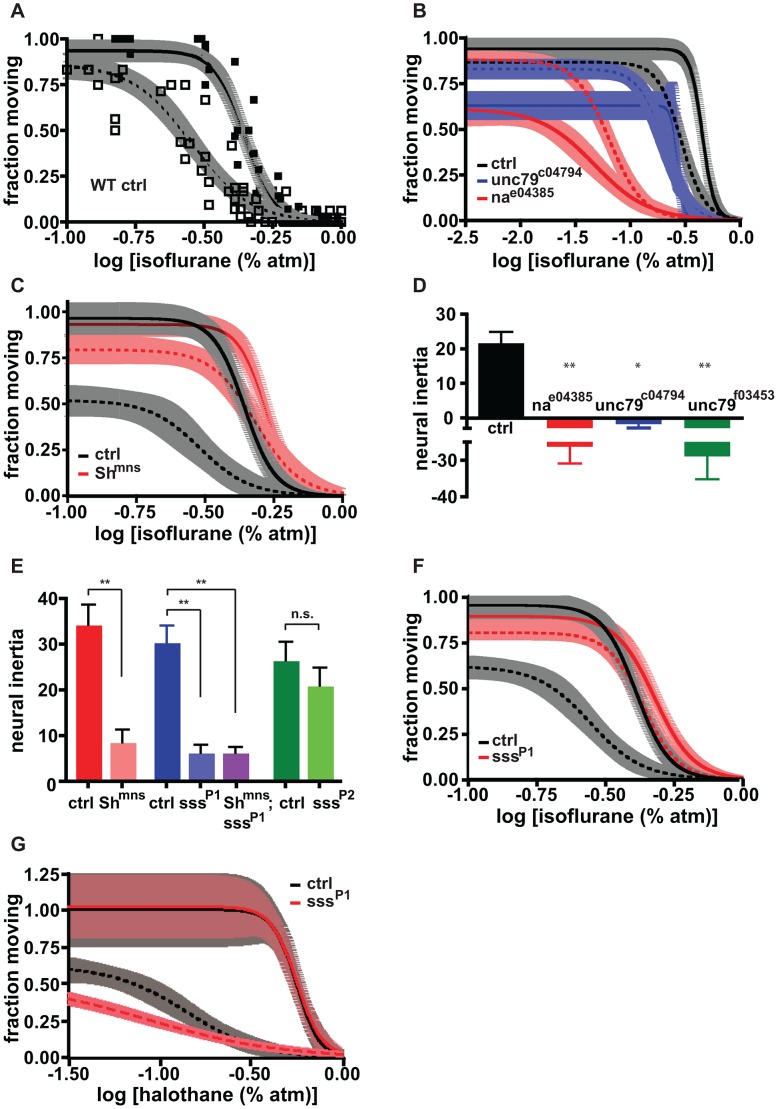Figure 1. Induction and emergence contribute to neural inertia by distinct genetic mechanisms.
(a) Dose-response curves for induction of (solid curve) and emergence (dashed curve) from isoflurane-dependent anesthesia exhibit hysteresis. Shaded areas represent 95% confidence intervals for Hill fits to data points for induction (solid) and emergence (open symbols). (b) Loss-of-function mutations in na (red) and unc79 (blue) increase sensitivity to induction of anesthesia (solid curves) without causing an equivalent shift in emergence curves (dashed curves) relative to controls (black). (c) The mns mutation of the Sh gene decreases sensitivity to induction of anesthesia (solid red) and causes a disproportionate shift in the emergence curve (dashed red) relative to controls (solid and dashed black lines). (d) Neural inertia is collapsed in na and unc79 mutants in which CNS excitability is thought to be reduced. (e) Neural inertia is collapsed in strong loss-of-function alleles of Sh and sss, but not in a weak allele of the latter. (f) As in Shmns, the sssP1 mutation decreases sensitivity to induction of anesthesia (solid red) and causes a disproportionate shift in the emergence curve (dashed red) relative to controls (solid and dashed black lines). (g) Induction (solid) and emergence (dashed) curves for halothane-dependent anesthesia are relatively unaffected in sssP1 mutants (red) compared to controls (black). n.s., not significant compared to control, * p<.01, ** p<.001 by one-way ANOVA with post-test Bonferroni correction for multiple comparisons.

